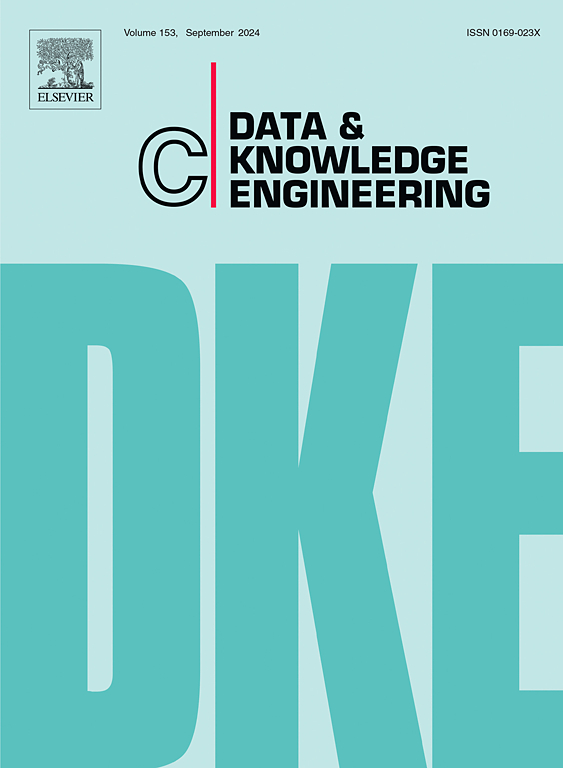PSA-GAT: Integrating position-syntax and cross-aspect graph attention networks for aspect-based sentiment analysis
IF 2.7
3区 计算机科学
Q3 COMPUTER SCIENCE, ARTIFICIAL INTELLIGENCE
引用次数: 0
Abstract
Aspect-based sentiment analysis (ABSA) is widely applied in analyzing user review data on web platforms to identify sentiment polarity toward specific aspects of web reviews. However, individual reviews often contain multiple conditions and coordinating and conflicting elements or relationships, which significantly increases the complexity of this task. In recent years, exploiting semantic–syntactic information with graph neural networks has been widely used to address such tasks. However, such methods overlook the features of the location influence factor of words and may provide irrelevant or even interfering noisy signals for ABSA because of the word association relationships mined by the syntax tree and semantic composition tree. To alleviate the effect of noise information and fully strengthen the context for multiple-aspect representation in ABSA, we propose a new framework, PSA-GAT, that mines information on position importance, syntactic–semantic dependencies and cross-aspect correlations. Overall, the structural features of the multi-aspect sentiment set are learned by using various variations of graph neural networks. Moreover, the experimental results on four real-world datasets demonstrate the effectiveness of PSA-GAT compared to state-of-the-art methods. The code is available at https://github.com/zhouning6000/PSA_GAT.
PSA-GAT:整合位置语法和跨方面图注意网络,用于基于方面的情感分析
基于方面的情感分析(ABSA)被广泛应用于分析网络平台上的用户评论数据,以识别对网络评论特定方面的情感极性。然而,单个评审通常包含多个条件以及协调和冲突的元素或关系,这大大增加了该任务的复杂性。近年来,利用图神经网络挖掘语义句法信息已被广泛用于解决这类任务。然而,这些方法忽略了词的位置影响因素的特点,由于句法树和语义组合树挖掘的词关联关系,可能为ABSA提供不相关甚至干扰的噪声信号。为了减轻噪声信息的影响,充分加强ABSA中多向表示的上下文,我们提出了一个新的PSA-GAT框架,该框架挖掘了位置重要性、句法语义依赖性和跨向相关性信息。总体而言,多向情感集的结构特征是通过使用各种不同的图神经网络来学习的。此外,在四个真实数据集上的实验结果表明,与最先进的方法相比,PSA-GAT的有效性。代码可在https://github.com/zhouning6000/PSA_GAT上获得。
本文章由计算机程序翻译,如有差异,请以英文原文为准。
求助全文
约1分钟内获得全文
求助全文
来源期刊

Data & Knowledge Engineering
工程技术-计算机:人工智能
CiteScore
5.00
自引率
0.00%
发文量
66
审稿时长
6 months
期刊介绍:
Data & Knowledge Engineering (DKE) stimulates the exchange of ideas and interaction between these two related fields of interest. DKE reaches a world-wide audience of researchers, designers, managers and users. The major aim of the journal is to identify, investigate and analyze the underlying principles in the design and effective use of these systems.
 求助内容:
求助内容: 应助结果提醒方式:
应助结果提醒方式:


